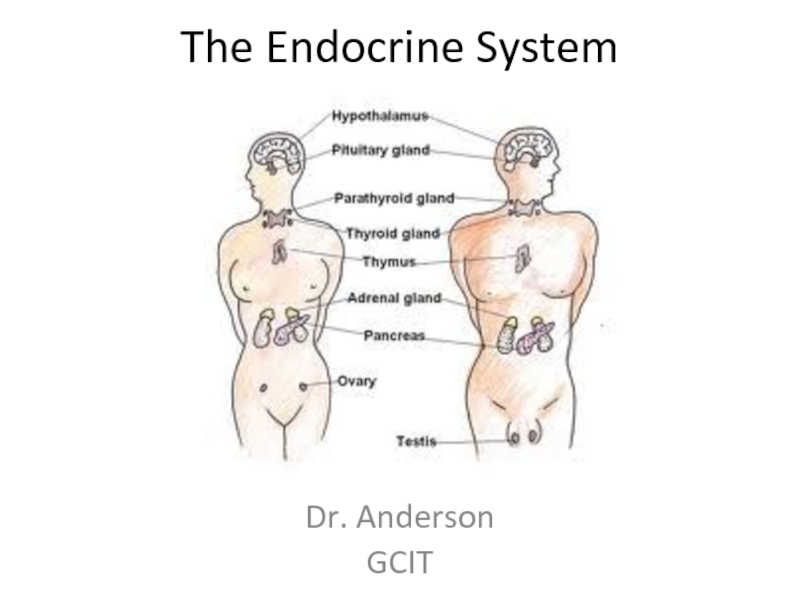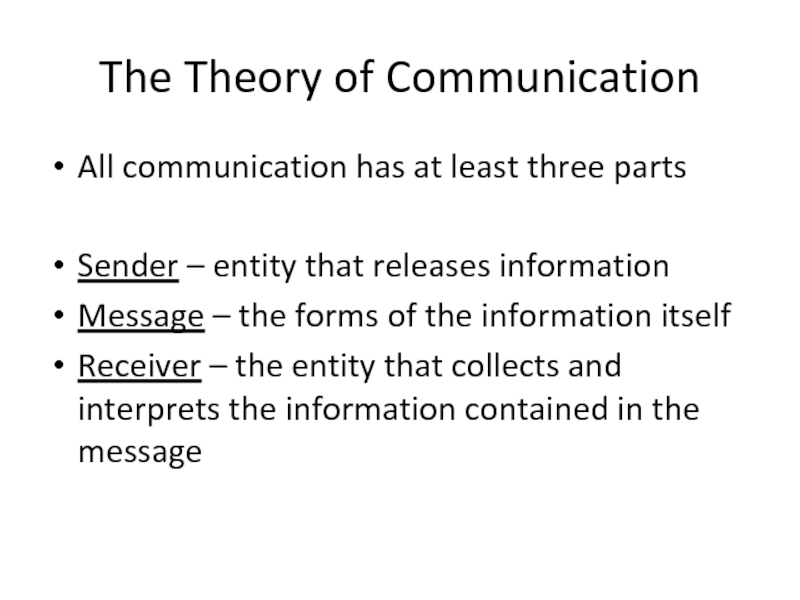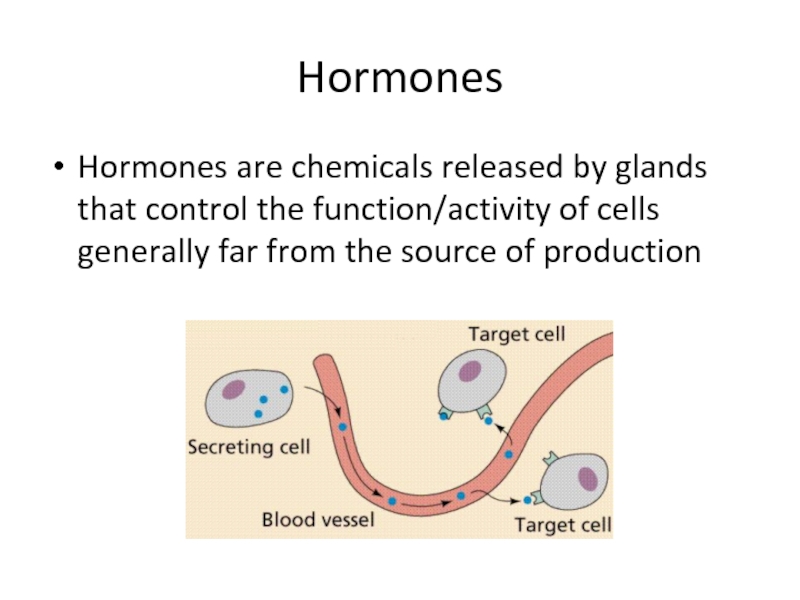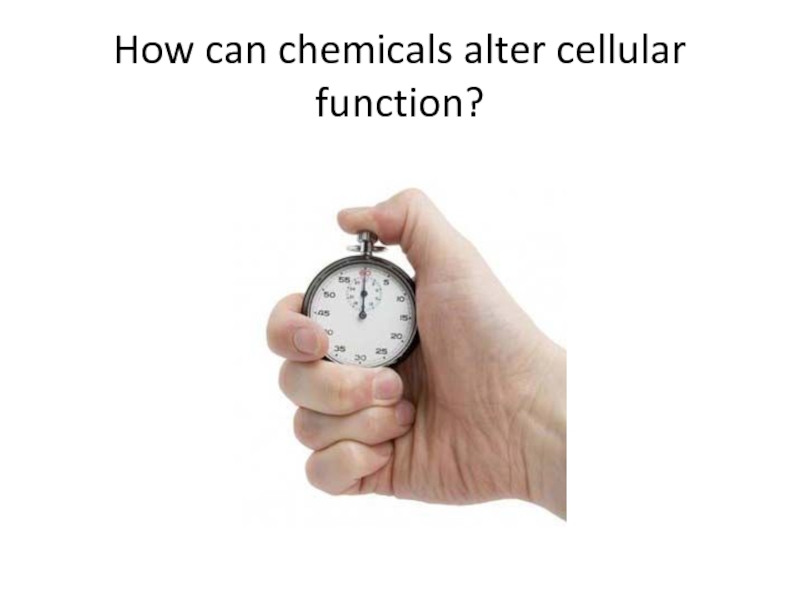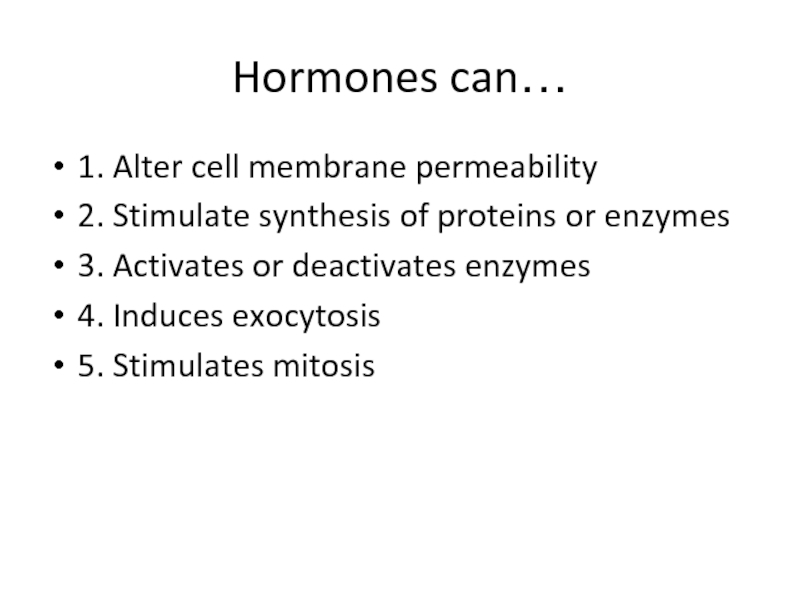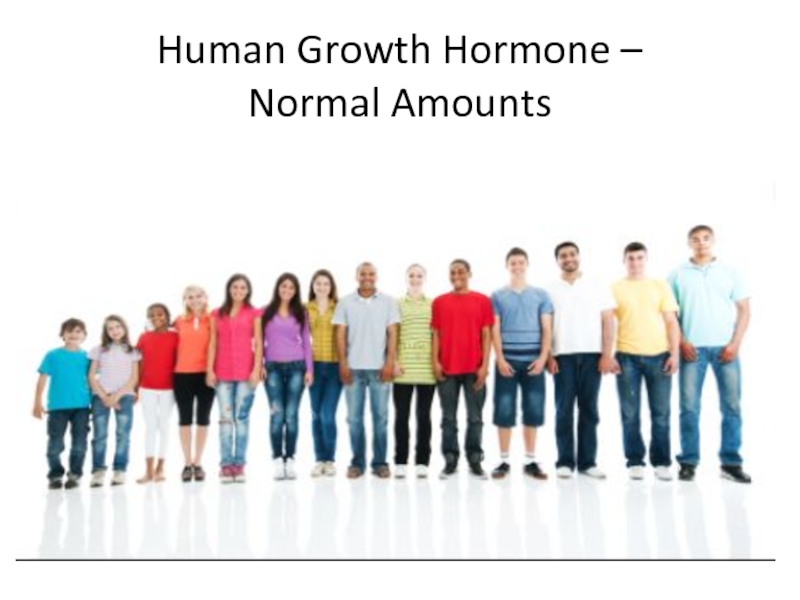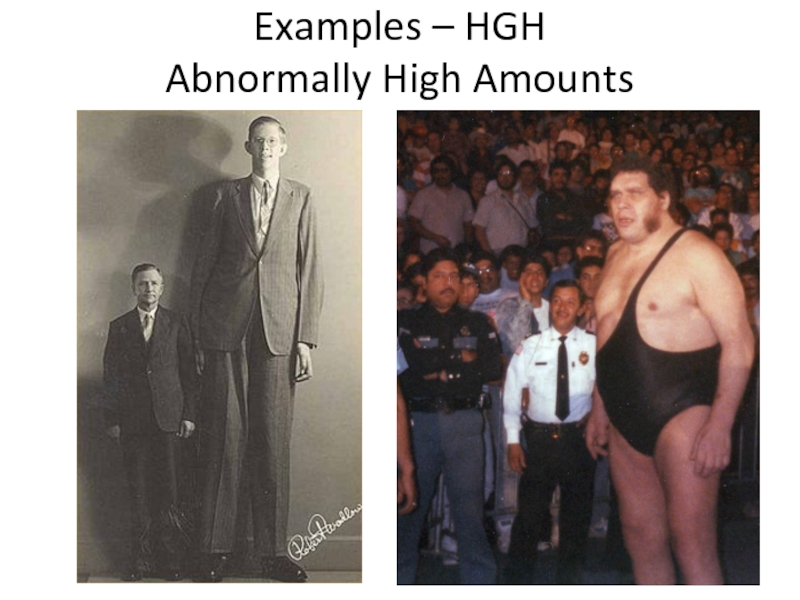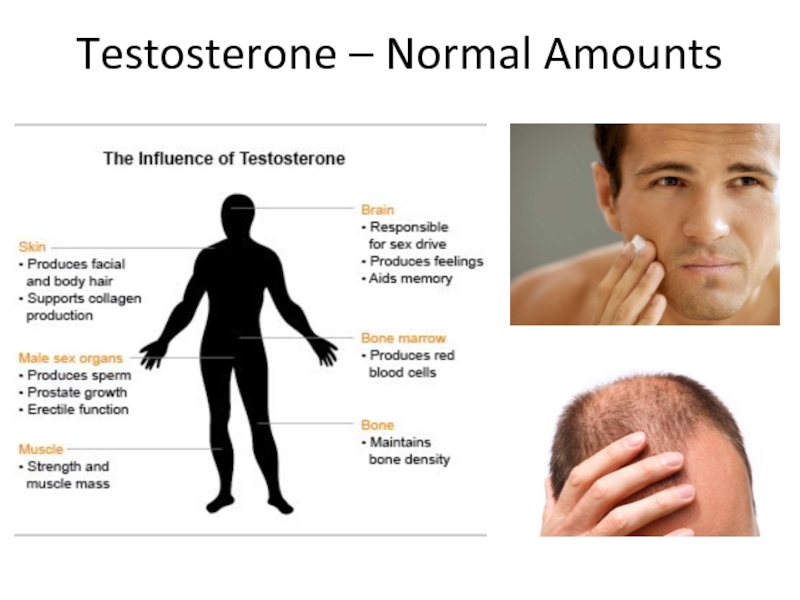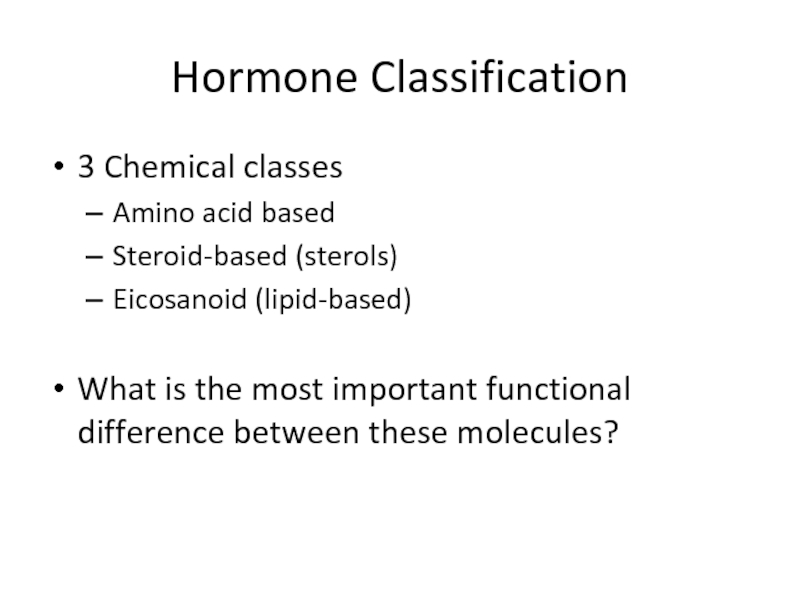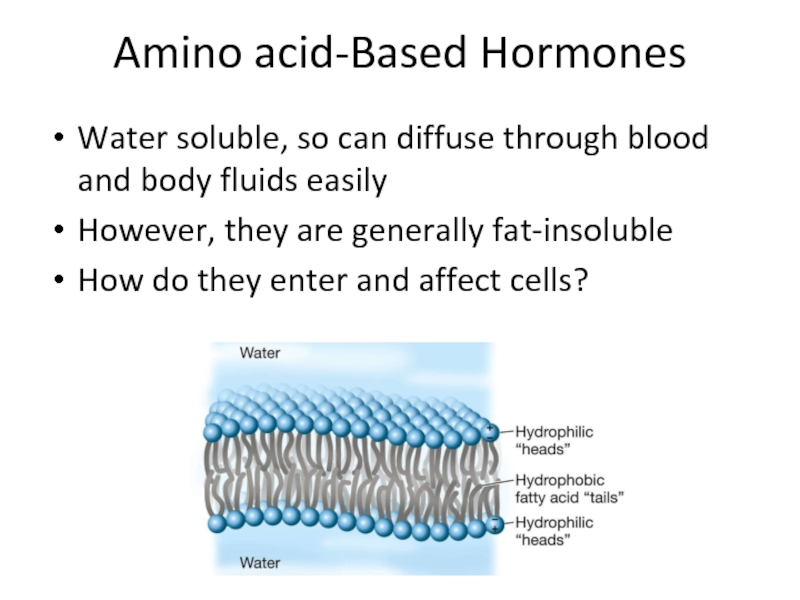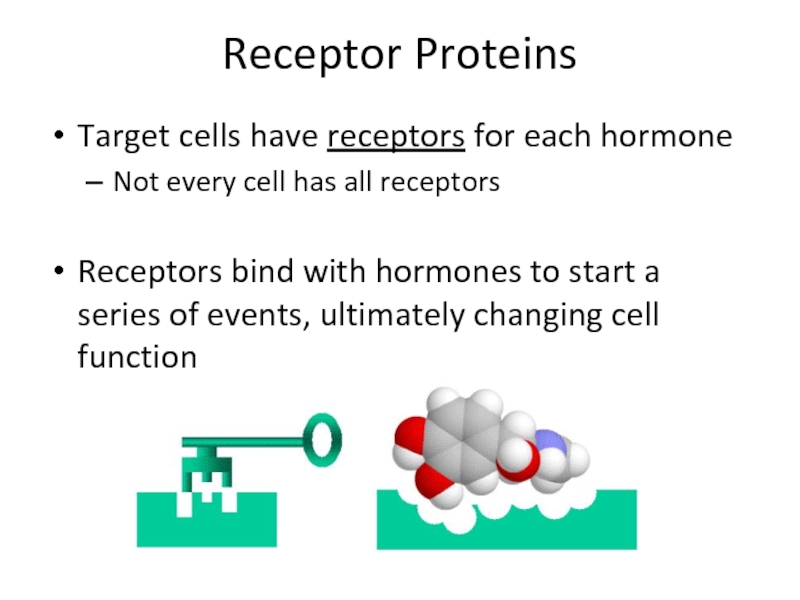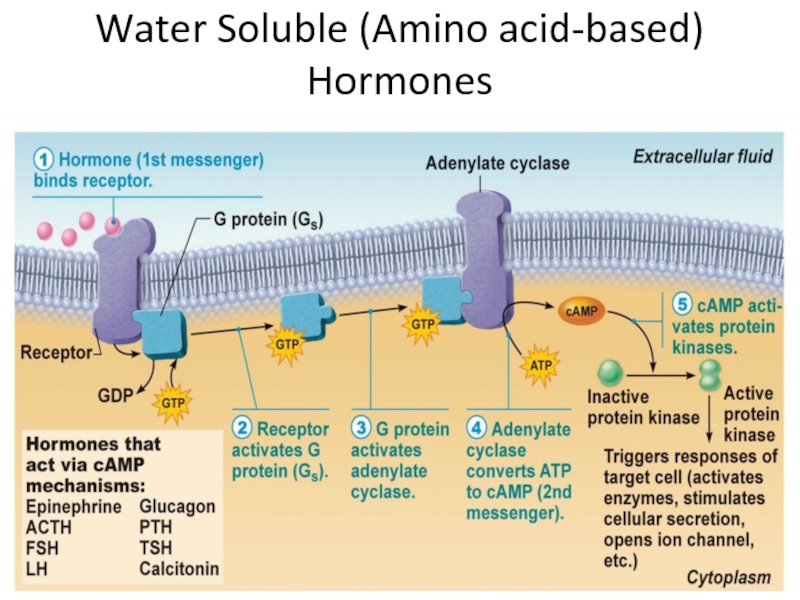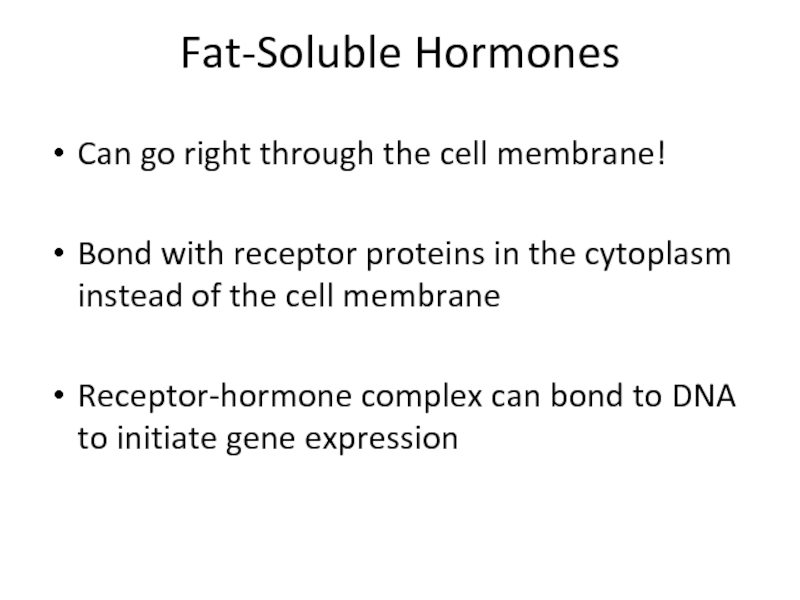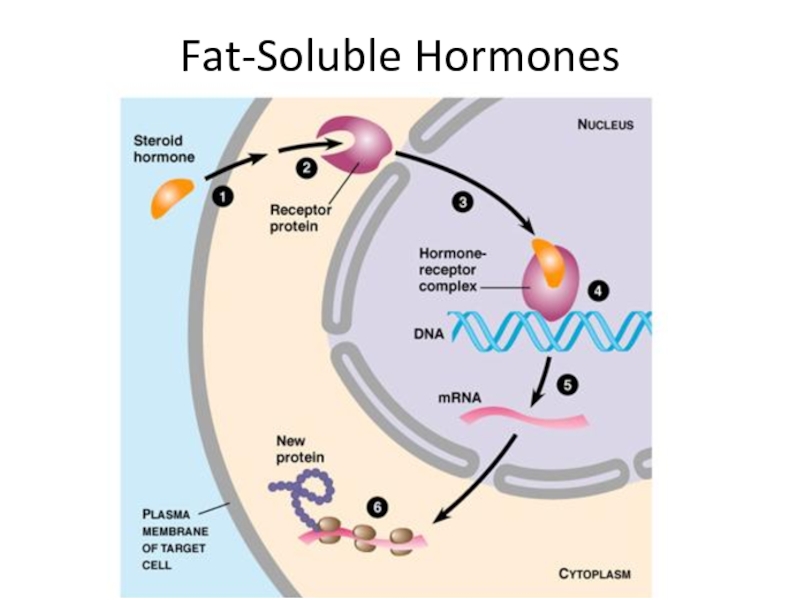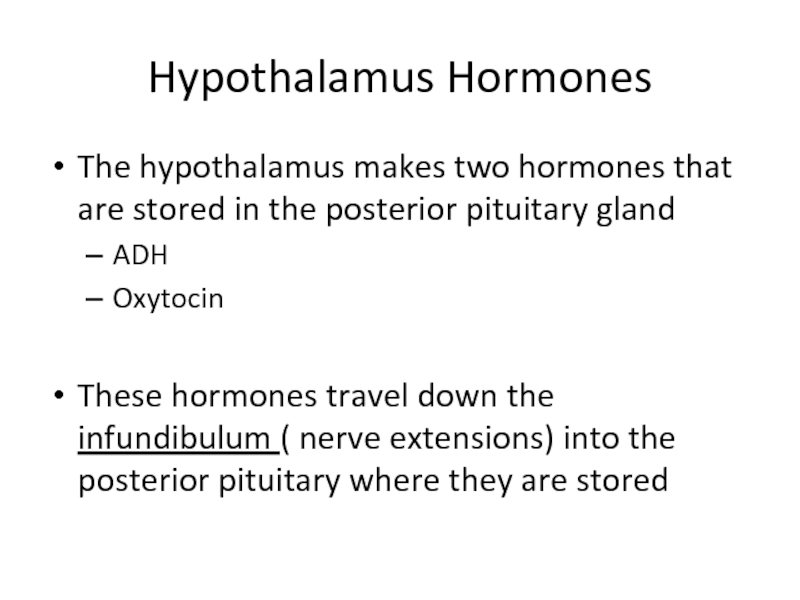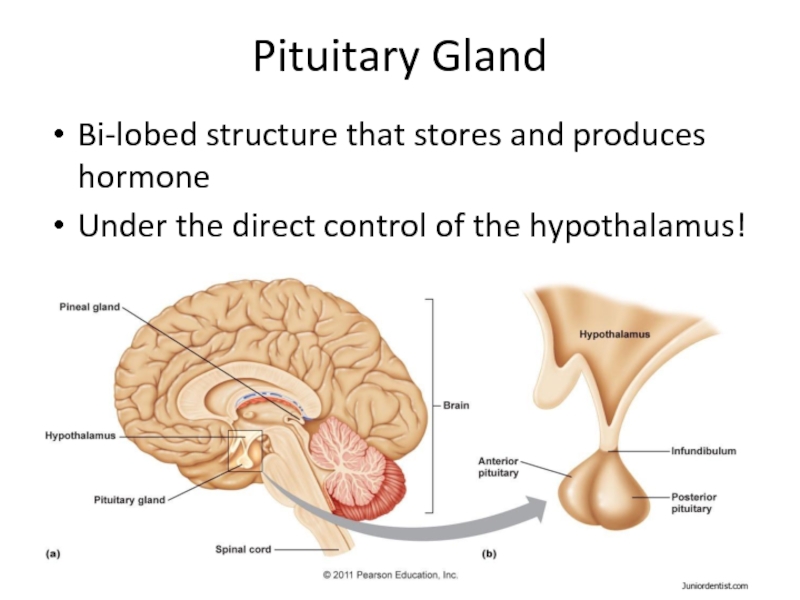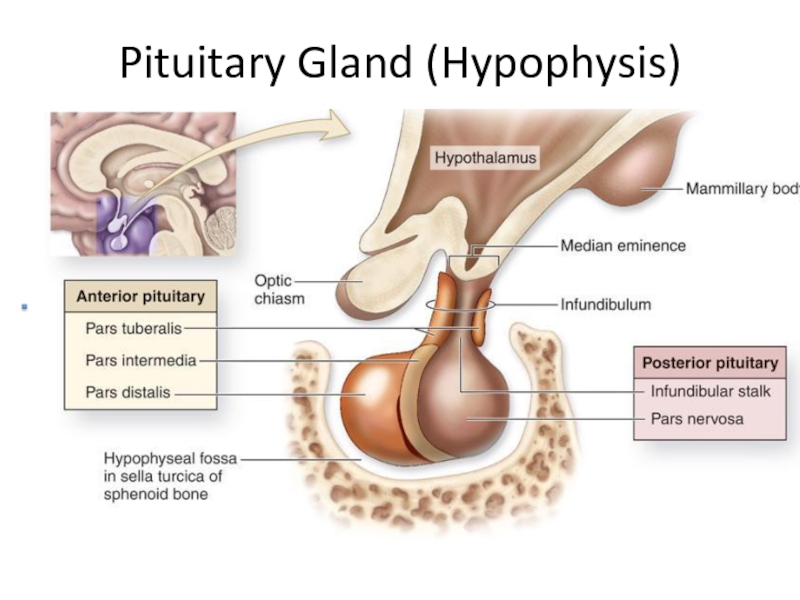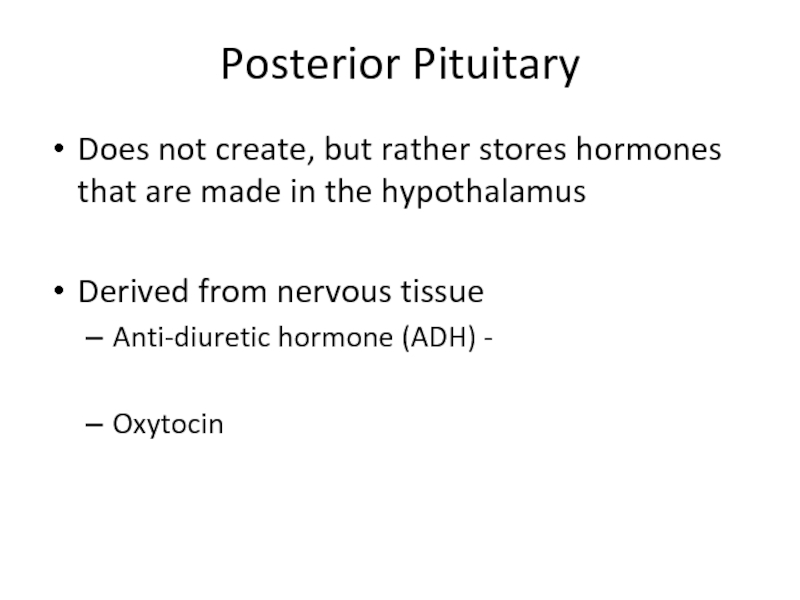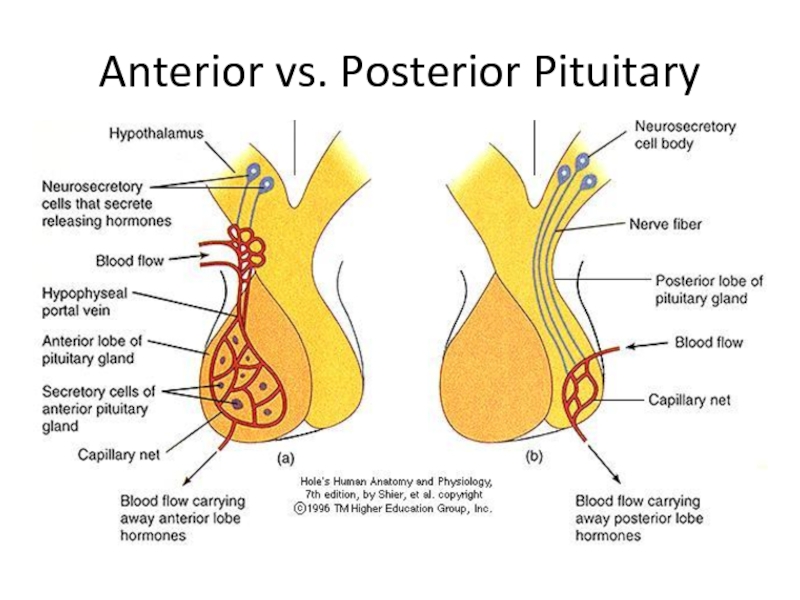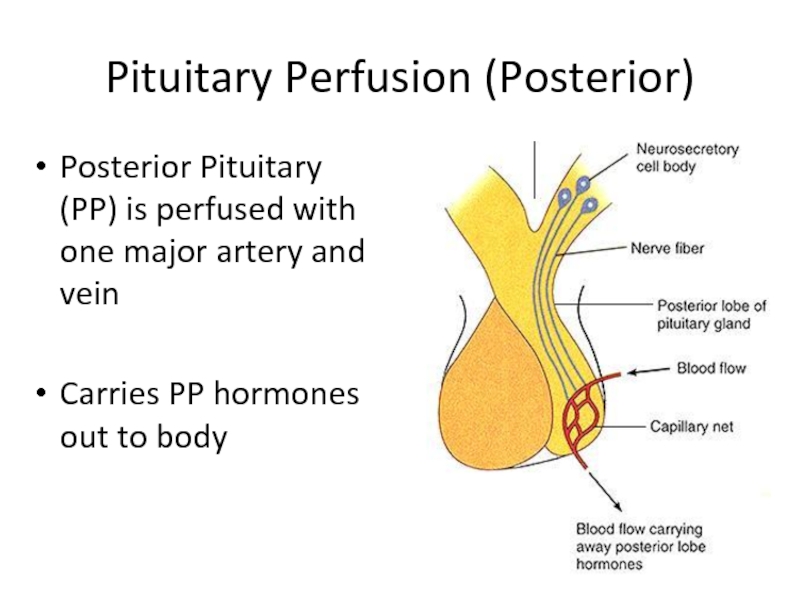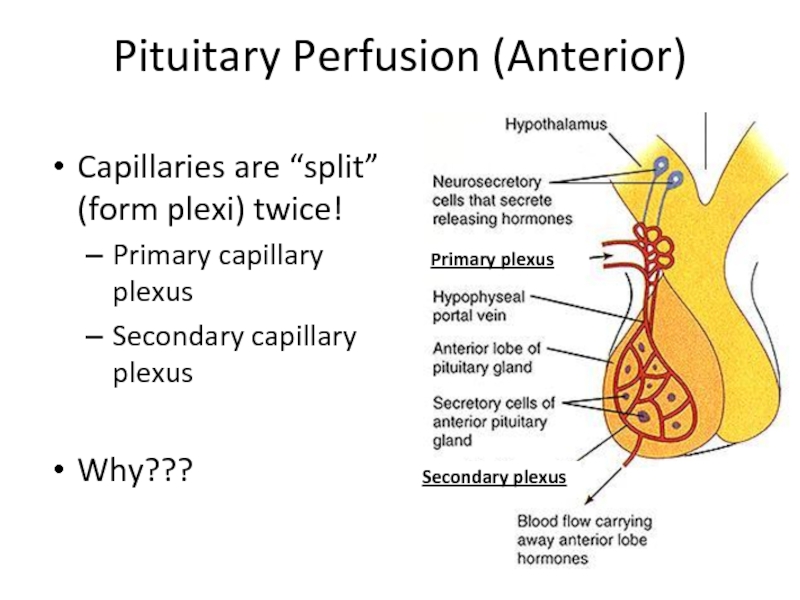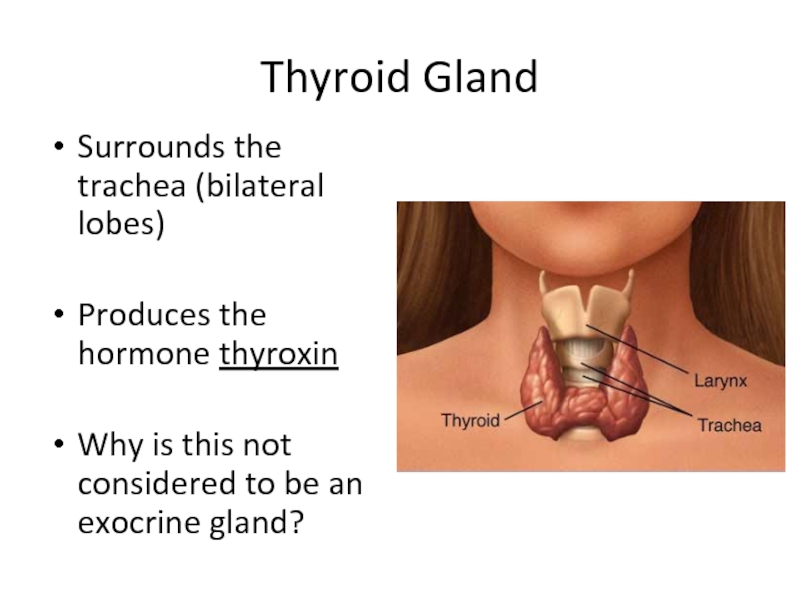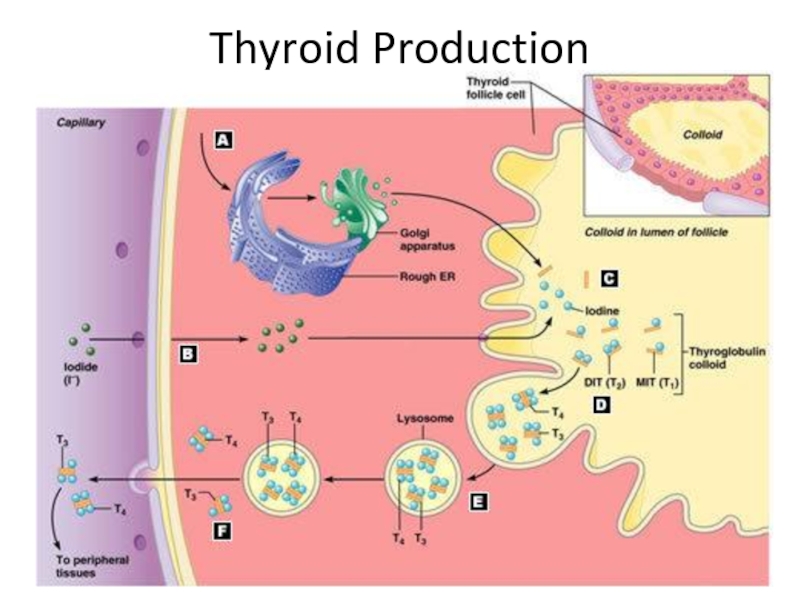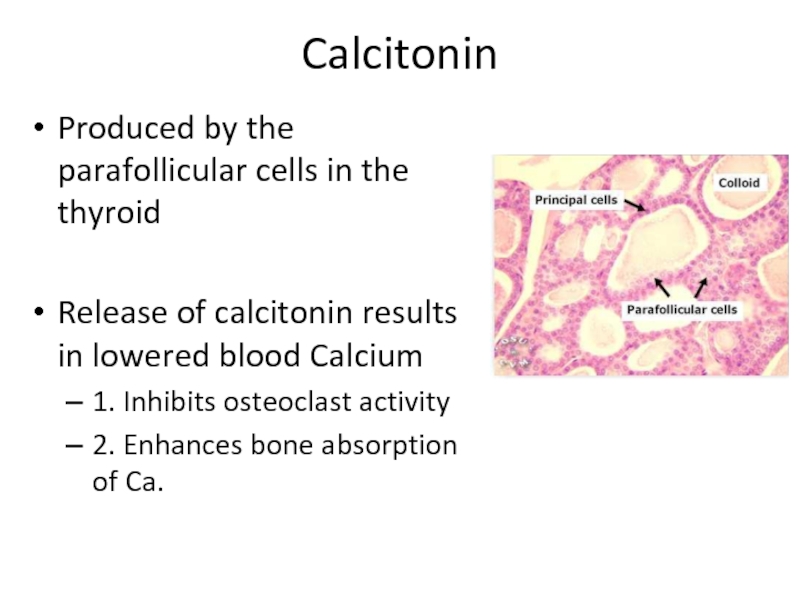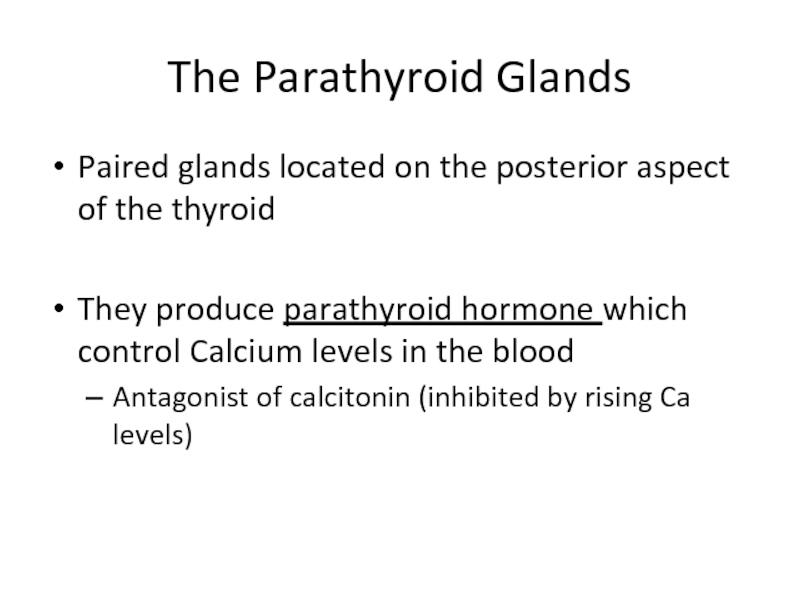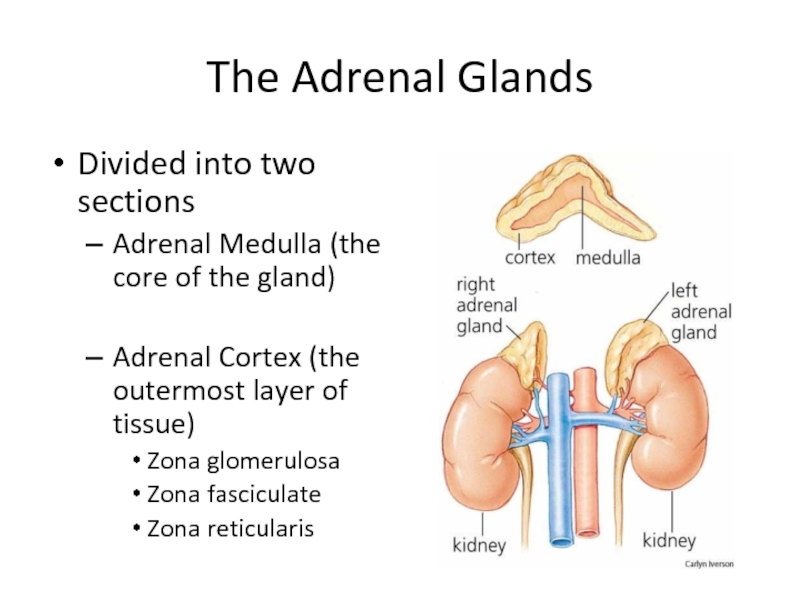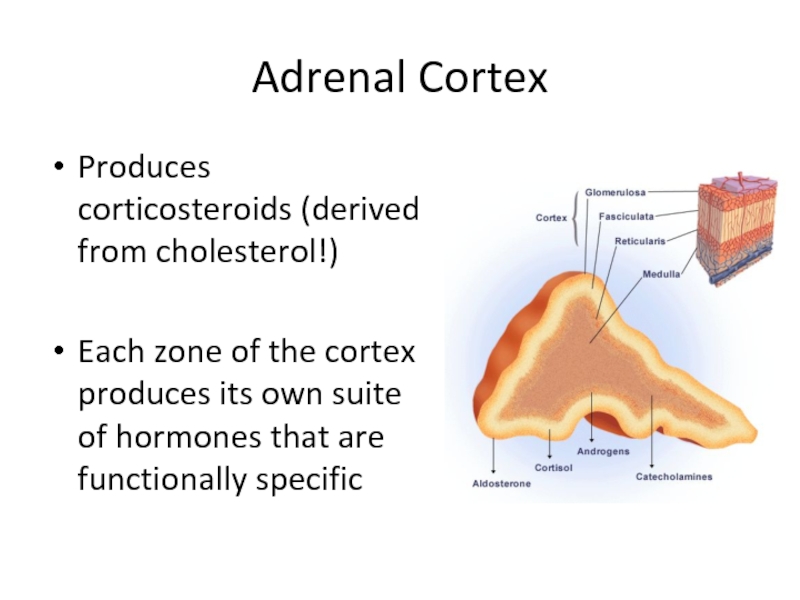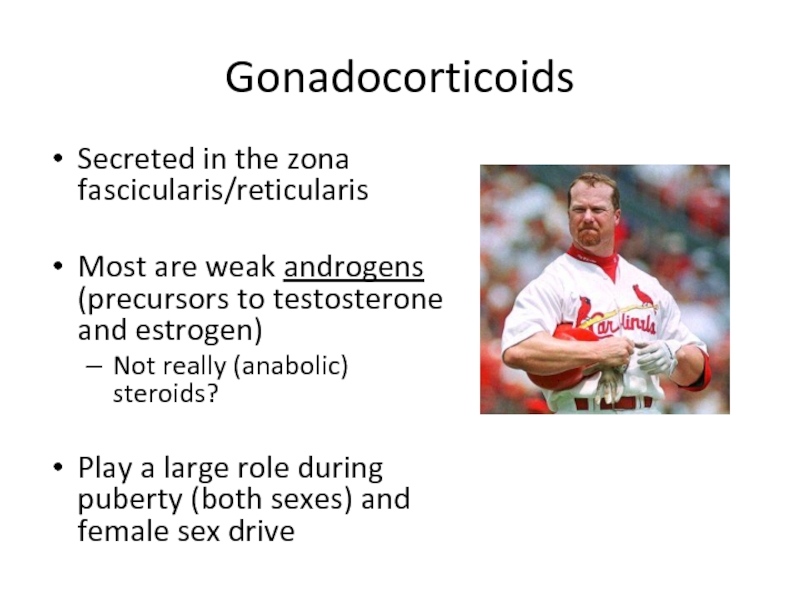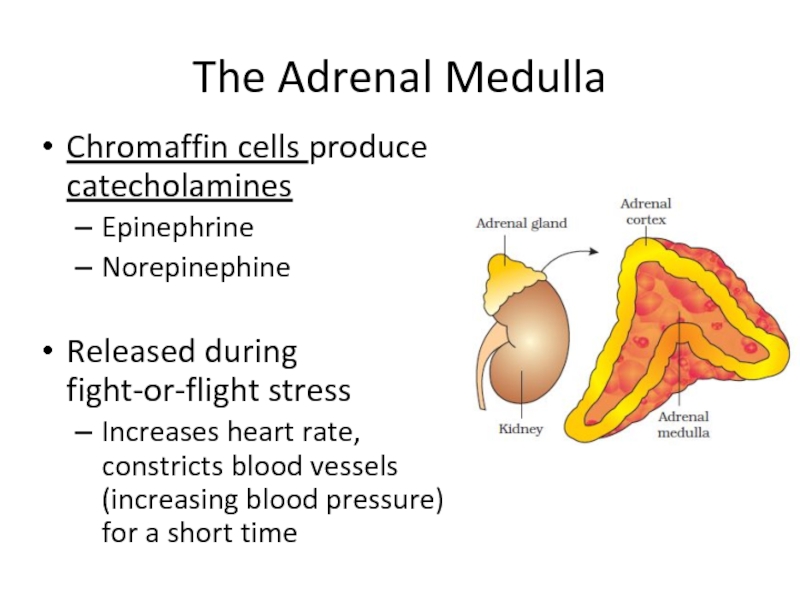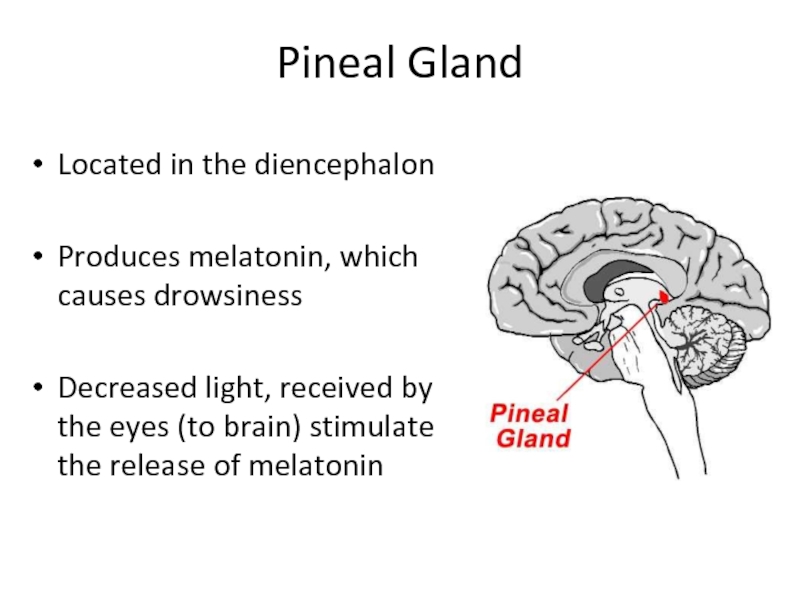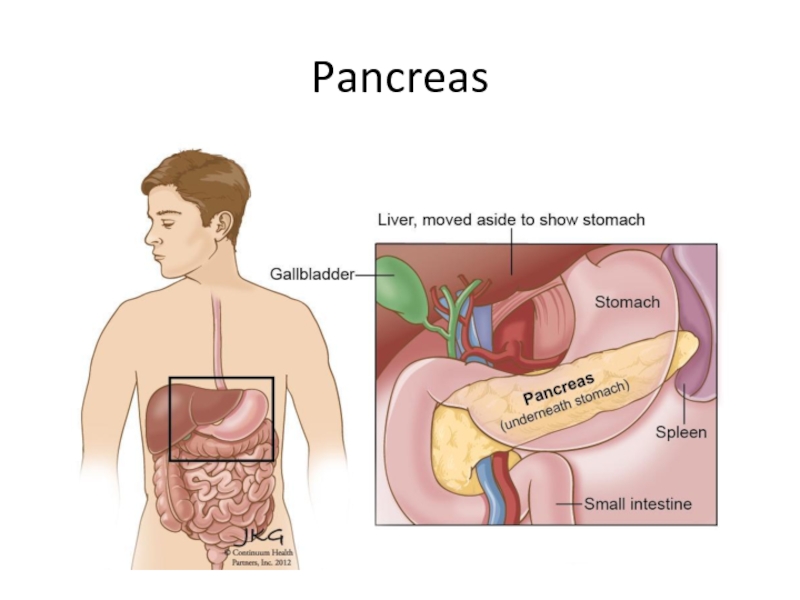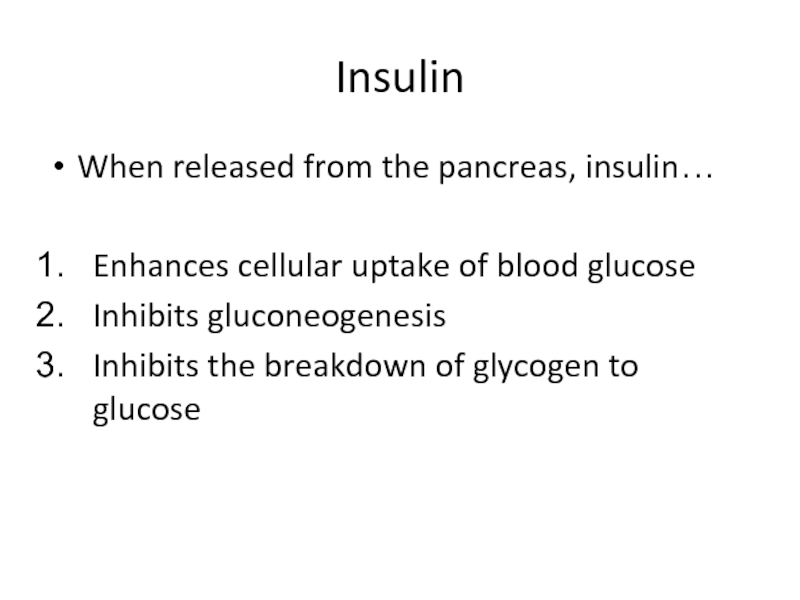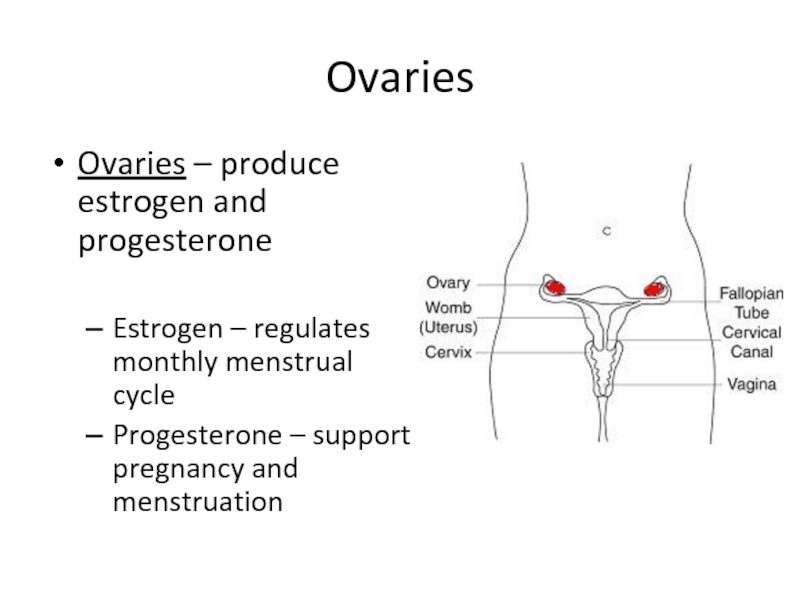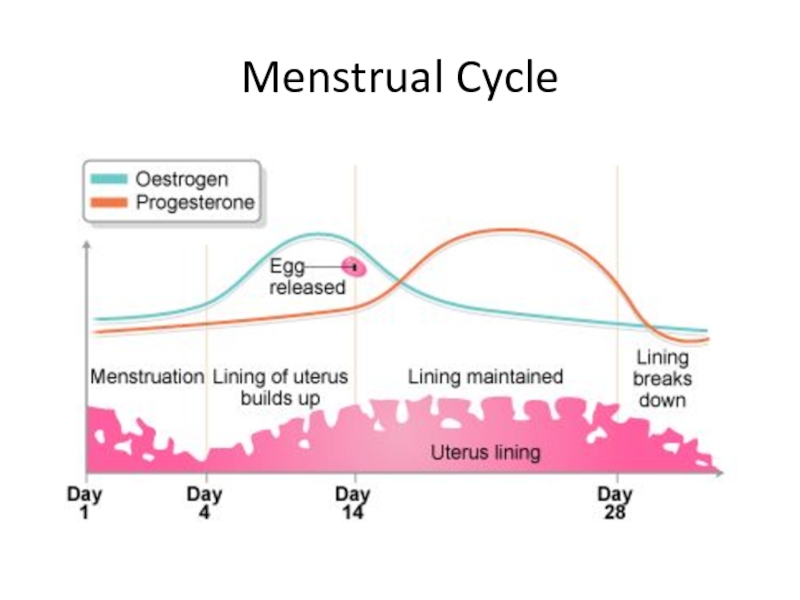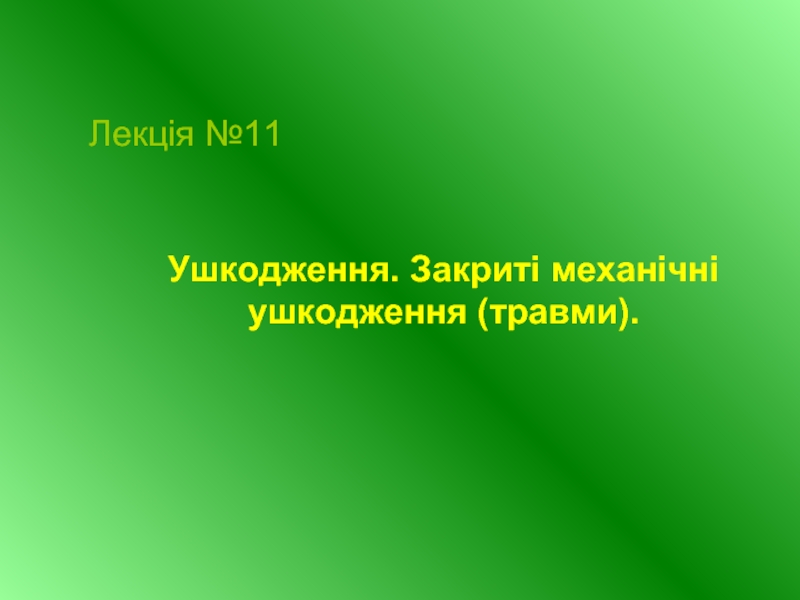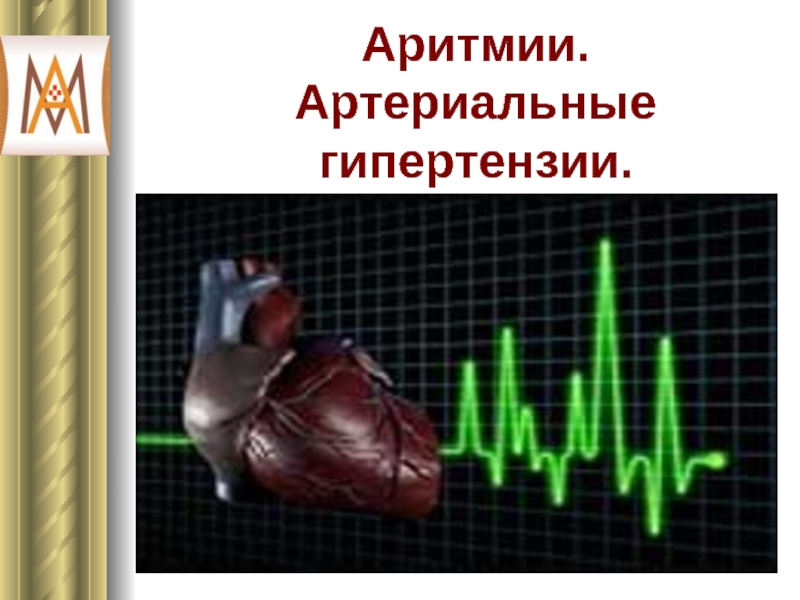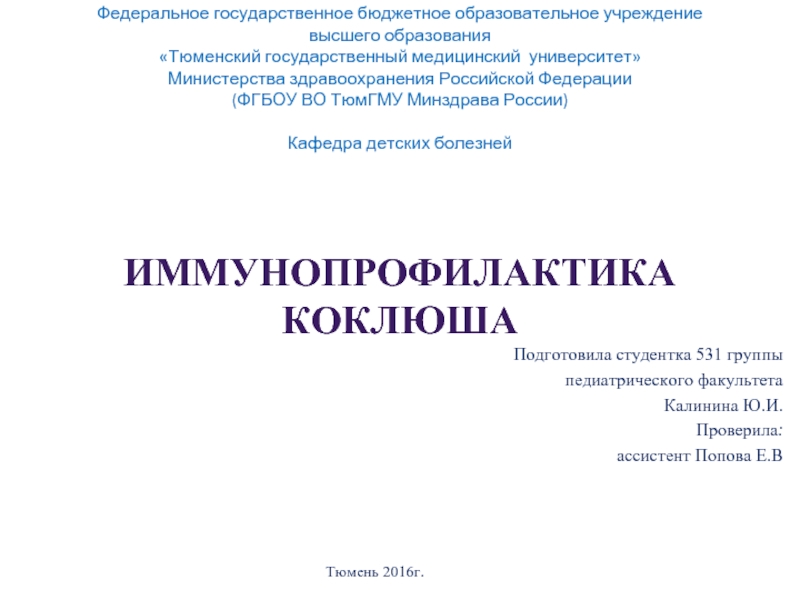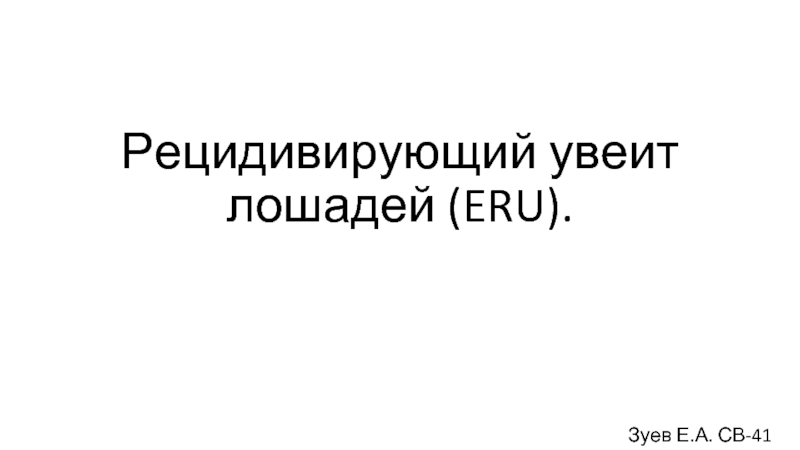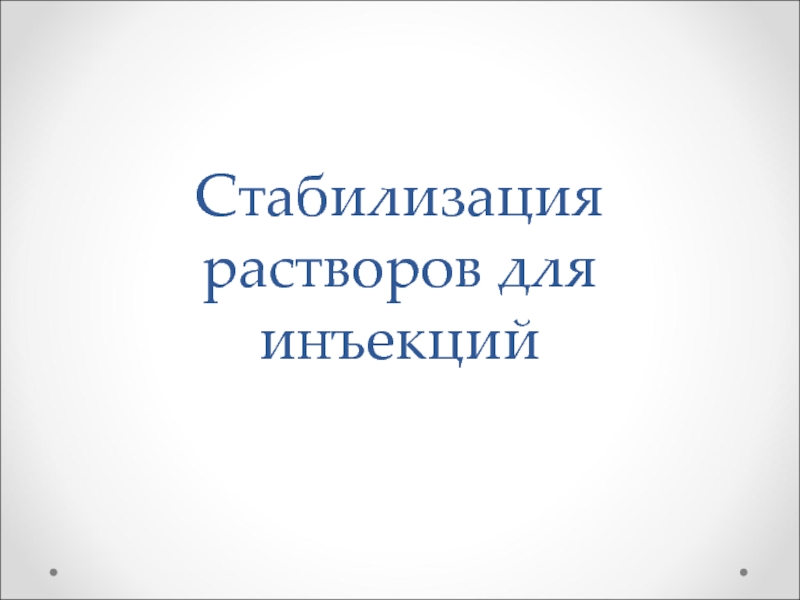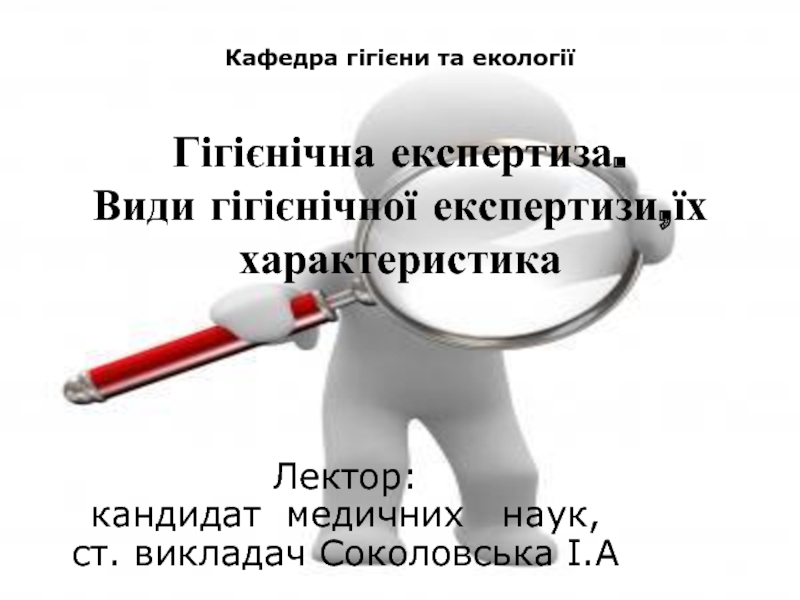- Главная
- Разное
- Дизайн
- Бизнес и предпринимательство
- Аналитика
- Образование
- Развлечения
- Красота и здоровье
- Финансы
- Государство
- Путешествия
- Спорт
- Недвижимость
- Армия
- Графика
- Культурология
- Еда и кулинария
- Лингвистика
- Английский язык
- Астрономия
- Алгебра
- Биология
- География
- Детские презентации
- Информатика
- История
- Литература
- Маркетинг
- Математика
- Медицина
- Менеджмент
- Музыка
- МХК
- Немецкий язык
- ОБЖ
- Обществознание
- Окружающий мир
- Педагогика
- Русский язык
- Технология
- Физика
- Философия
- Химия
- Шаблоны, картинки для презентаций
- Экология
- Экономика
- Юриспруденция
The Endocrine System презентация
Содержание
- 1. The Endocrine System
- 2. Endocrine System A collection of glands
- 3. The Theory of Communication All communication has
- 4. Hormones Hormones are chemicals released by glands
- 5. Body Communication Sender? Message? Receiver?
- 6. Autocrines vs. Paracrines Autocrines – cells produce
- 7. How can chemicals alter cellular function?
- 8. Hormones can… 1. Alter cell membrane permeability
- 9. Human Growth Hormone – Normal Amounts
- 10. Examples – HGH Abnormally High Amounts
- 11. Testosterone – Normal Amounts
- 12. Testosterone – Abnormal Amounts/ Gender Differences
- 13. Hormone Classification 3 Chemical classes Amino acid
- 14. Amino acid-Based Hormones Water soluble, so can
- 15. Receptor Proteins Target cells have receptors for
- 16. Water Soluble (Amino acid-based) Hormones
- 17. Fat-Soluble Hormones Can go right through the
- 18. Fat-Soluble Hormones
- 19. Hormone Life (Half-life) Presence of a hormone
- 20. Hormone Release What controls the release/retention of
- 21. Regulation Hypothalamus – regulates most hormonal release
- 22. Hypothalamus Hormones The hypothalamus makes two hormones
- 23. Pituitary Gland Bi-lobed structure that stores and
- 24. Pituitary Gland (Hypophysis)
- 25. Posterior Pituitary Does not create, but rather
- 26. Anterior vs. Posterior Pituitary
- 27. Anterior Pituitary Derived from epithelial tissue (secretory
- 28. Pituitary Perfusion (Posterior) Posterior Pituitary (PP) is
- 29. Pituitary Perfusion (Anterior) Capillaries are “split” (form
- 30. Thyroid Gland Surrounds the trachea (bilateral lobes)
- 31. Thyroid Structure Principal (Follicle) Cells – produce
- 32. Thyroid Synthesis Thyroglobulin made by follicular cells
- 33. Thyroid Production
- 34. Calcitonin Produced by the parafollicular cells in
- 35. The Parathyroid Glands Paired glands located on
- 36. The Adrenal Glands Divided into two sections
- 37. Adrenal Cortex Produces corticosteroids (derived from cholesterol!)
- 38. Adrenal Cortex – Zona glomerulosa Produce mineralocorticoids
- 39. Glucocorticoids Synthesized in zona fasciculata Cortisol
- 40. Gluconeogenesis Where do sugars normally come from? Gluconeogenesis -
- 41. Gonadocorticoids Secreted in the zona fascicularis/reticularis
- 42. The Adrenal Medulla Chromaffin cells produce catecholamines
- 43. Pineal Gland Located in the diencephalon
- 44. Pancreas Organ most directly related in regulating
- 45. Pancreas
- 46. Glucagon When released from the pancreas,
- 47. Insulin When released from the pancreas, insulin…
- 48. Diabetes mellitus Due to low or non-functional
- 49. Diabetes Symptoms In the kidneys, sugar lost
- 50. Ovaries Ovaries – produce estrogen and progesterone
- 51. Menstrual Cycle
- 52. Testes Produce testosterone leading to puberty (secondary sex characteristics), aggression, muscle growth
Слайд 2Endocrine System
A collection of glands that work together to maintain
the homeostasis of the body by:
Coordinating ____________________________and activity via chemical communication
Coordinating ____________________________and activity via chemical communication
Слайд 3The Theory of Communication
All communication has at least three parts
Sender –
entity that releases information
Message – the forms of the information itself
Receiver – the entity that collects and interprets the information contained in the message
Message – the forms of the information itself
Receiver – the entity that collects and interprets the information contained in the message
Слайд 4Hormones
Hormones are chemicals released by glands that control the function/activity of
cells generally far from the source of production
Слайд 5Body Communication
Sender?
Message?
Receiver?
Tissue that creates the hormone
The hormone itself
The target tissue
Слайд 6Autocrines vs. Paracrines
Autocrines – cells produce hormones that effect themselves
Paracrines –
cells produce hormones that effect other nearby cells
Слайд 8Hormones can…
1. Alter cell membrane permeability
2. Stimulate synthesis of proteins or
enzymes
3. Activates or deactivates enzymes
4. Induces exocytosis
5. Stimulates mitosis
3. Activates or deactivates enzymes
4. Induces exocytosis
5. Stimulates mitosis
Слайд 13Hormone Classification
3 Chemical classes
Amino acid based
Steroid-based (sterols)
Eicosanoid (lipid-based)
What is the most
important functional difference between these molecules?
Слайд 14Amino acid-Based Hormones
Water soluble, so can diffuse through blood and body
fluids easily
However, they are generally fat-insoluble
How do they enter and affect cells?
However, they are generally fat-insoluble
How do they enter and affect cells?
Слайд 15Receptor Proteins
Target cells have receptors for each hormone
Not every cell has
all receptors
Receptors bind with hormones to start a series of events, ultimately changing cell function
Receptors bind with hormones to start a series of events, ultimately changing cell function
Слайд 17Fat-Soluble Hormones
Can go right through the cell membrane!
Bond with receptor proteins
in the cytoplasm instead of the cell membrane
Receptor-hormone complex can bond to DNA to initiate gene expression
Receptor-hormone complex can bond to DNA to initiate gene expression
Слайд 20Hormone Release
What controls the release/retention of hormones?
Humoral Stimulus – Blood levels
of certain ions/nutrients
Neural Stimulus- Nerve fibers stimulate hormone release
Hormonal Stimuli – hormones tell glands to release/retain hormones
Neural Stimulus- Nerve fibers stimulate hormone release
Hormonal Stimuli – hormones tell glands to release/retain hormones
Слайд 21Regulation
Hypothalamus – regulates most hormonal release in the body
Monitors body homeostasis
(blood sugar, wastes, hormone levels)
Direct link to pituitary gland
Direct link to pituitary gland
Pituitary gland
Слайд 22Hypothalamus Hormones
The hypothalamus makes two hormones that are stored in the
posterior pituitary gland
ADH
Oxytocin
These hormones travel down the infundibulum ( nerve extensions) into the posterior pituitary where they are stored
ADH
Oxytocin
These hormones travel down the infundibulum ( nerve extensions) into the posterior pituitary where they are stored
Слайд 23Pituitary Gland
Bi-lobed structure that stores and produces hormone
Under the direct control
of the hypothalamus!
Слайд 25Posterior Pituitary
Does not create, but rather stores hormones that are made
in the hypothalamus
Derived from nervous tissue
Anti-diuretic hormone (ADH) -
Oxytocin
Derived from nervous tissue
Anti-diuretic hormone (ADH) -
Oxytocin
Слайд 27Anterior Pituitary
Derived from epithelial tissue (secretory cells)
Creates MANY hormones de novo
Human
growth hormone (HGH)
Thyroid Stimulating Hormone (TSH)
Adrenocorticotropic Hormone
Prolactin
Leutinizing Hormone
Follicle Stimulating Hormone
Released or inhibited as directed by hormones from hypothalamus (stimulates or inhibits AP hormone production and release)
Thyroid Stimulating Hormone (TSH)
Adrenocorticotropic Hormone
Prolactin
Leutinizing Hormone
Follicle Stimulating Hormone
Released or inhibited as directed by hormones from hypothalamus (stimulates or inhibits AP hormone production and release)
Слайд 28Pituitary Perfusion (Posterior)
Posterior Pituitary (PP) is perfused with one major artery
and vein
Carries PP hormones out to body
Carries PP hormones out to body
Слайд 29Pituitary Perfusion (Anterior)
Capillaries are “split” (form plexi) twice!
Primary capillary plexus
Secondary capillary
plexus
Why???
Why???
Primary plexus
Secondary plexus
Слайд 30Thyroid Gland
Surrounds the trachea (bilateral lobes)
Produces the hormone thyroxin
Why is this
not considered to be an exocrine gland?
Слайд 31Thyroid Structure
Principal (Follicle) Cells – produce thyroglobulin
Colloid – stores thyroglobulin and
iodine molecules
Parafollicular cells – produce calcitonin
Parafollicular cells – produce calcitonin
Слайд 32Thyroid Synthesis
Thyroglobulin made by follicular cells and goes into follicle
Iodine trapped
from the blood (active transport)
Iodide converted to iodine
Iodine attached to tyrosine
Iodinated tyrosines are linked
Thyroglobulin is endocytosed
Thyroid hormone is processed by enzymes and diffuse from the cell into the blood stream
Iodide converted to iodine
Iodine attached to tyrosine
Iodinated tyrosines are linked
Thyroglobulin is endocytosed
Thyroid hormone is processed by enzymes and diffuse from the cell into the blood stream
Слайд 34Calcitonin
Produced by the parafollicular cells in the thyroid
Release of calcitonin results
in lowered blood Calcium
1. Inhibits osteoclast activity
2. Enhances bone absorption of Ca.
1. Inhibits osteoclast activity
2. Enhances bone absorption of Ca.
Слайд 35The Parathyroid Glands
Paired glands located on the posterior aspect of the
thyroid
They produce parathyroid hormone which control Calcium levels in the blood
Antagonist of calcitonin (inhibited by rising Ca levels)
They produce parathyroid hormone which control Calcium levels in the blood
Antagonist of calcitonin (inhibited by rising Ca levels)
Слайд 36The Adrenal Glands
Divided into two sections
Adrenal Medulla (the core of the
gland)
Adrenal Cortex (the outermost layer of tissue)
Zona glomerulosa
Zona fasciculate
Zona reticularis
Adrenal Cortex (the outermost layer of tissue)
Zona glomerulosa
Zona fasciculate
Zona reticularis
Слайд 37Adrenal Cortex
Produces corticosteroids (derived from cholesterol!)
Each zone of the cortex produces
its own suite of hormones that are functionally specific
Слайд 38Adrenal Cortex – Zona glomerulosa
Produce mineralocorticoids
Regulate ion concentration in blood and
interstitial fluid
Aldosterone reduces excretion of Na + from the body and enhances resorption
Production triggered by low blood volume, low blood pressure and increases in K+ ion concentration.
Why is this important?
Aldosterone reduces excretion of Na + from the body and enhances resorption
Production triggered by low blood volume, low blood pressure and increases in K+ ion concentration.
Why is this important?
Слайд 39Glucocorticoids
Synthesized in zona fasciculata
Cortisol – steroid-based hormone
Release of cortisol promoted by
ACTH release
Depresses inflammation, increases blood sugar by provoking gluconeogenesis
Depresses inflammation, increases blood sugar by provoking gluconeogenesis
Слайд 41Gonadocorticoids
Secreted in the zona fascicularis/reticularis
Most are weak androgens (precursors to testosterone
and estrogen)
Not really (anabolic) steroids?
Play a large role during puberty (both sexes) and female sex drive
Not really (anabolic) steroids?
Play a large role during puberty (both sexes) and female sex drive
Слайд 42The Adrenal Medulla
Chromaffin cells produce catecholamines
Epinephrine
Norepinephine
Released during fight-or-flight stress
Increases heart
rate, constricts blood vessels (increasing blood pressure) for a short time
Слайд 43Pineal Gland
Located in the diencephalon
Produces melatonin, which causes drowsiness
Decreased light, received
by the eyes (to brain) stimulate the release of melatonin
Слайд 44Pancreas
Organ most directly related in regulating blood sugar
Two hormones produced
Glucagon –
produced by alpha cells when blood sugar is low (hypoglycemia)
Insulin – produced when blood sugar is high (hyperglycemia)
Insulin – produced when blood sugar is high (hyperglycemia)
Слайд 46Glucagon
When released from the pancreas,
causes the breakdown of glycogen (liver
starch) into sugar
Gluconeogenesis
Release of glucose from liver cells into the blood
Gluconeogenesis
Release of glucose from liver cells into the blood
Слайд 47Insulin
When released from the pancreas, insulin…
Enhances cellular uptake of blood glucose
Inhibits
gluconeogenesis
Inhibits the breakdown of glycogen to glucose
Inhibits the breakdown of glycogen to glucose
Слайд 48Diabetes mellitus
Due to low or non-functional insulin
Since sugar cannot be absorbed
into body cells:
Blood sugar levels rise (hyperglycemia)
This stress causes the body to release MORE glucose into the blood!
Gluconeogenesis from fat and protein conversion, the waste products of which lead to ketoacidosis (nail polish breath)
Blood sugar levels rise (hyperglycemia)
This stress causes the body to release MORE glucose into the blood!
Gluconeogenesis from fat and protein conversion, the waste products of which lead to ketoacidosis (nail polish breath)
Слайд 49Diabetes Symptoms
In the kidneys, sugar lost in urine pulls water from
the blood at excessive rates (polyuria)
Dehydration leads to excessive thirst (polydipsia)
Excessive hunger (polyphagia) results as fat stores are used in a effort to get sugar into body cells
Dehydration leads to excessive thirst (polydipsia)
Excessive hunger (polyphagia) results as fat stores are used in a effort to get sugar into body cells
Слайд 50Ovaries
Ovaries – produce estrogen and progesterone
Estrogen – regulates monthly menstrual cycle
Progesterone
– support pregnancy and menstruation
